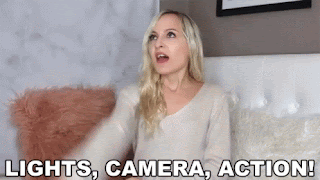Political cinema, in the narrow sense of the term, is films that portray current or historical events or social conditions through a partisan perspective in order to inform or to agitate the spectator. Political cinema exists in different forms, such as documentaries, short films, feature films, experimental films, and even animated cartoons. n order to differentiate between the narrow and broad notions of 'political cinema', film scholar Ewa Mazierska suggested to divide all such films into the categories of conformist or oppositional and marked or unmarked: • Conformist films "accept the political status quo;" while oppositional films reject it. • Marked political films are willing to reveal to their viewers the party/ideology "they serve"; while unmarked films prefer to hide it. From this point of view, it is the oppositional and marked political films that the most viewers regard as 'political', as discussions about politics in film typically single out these two categories.

















































